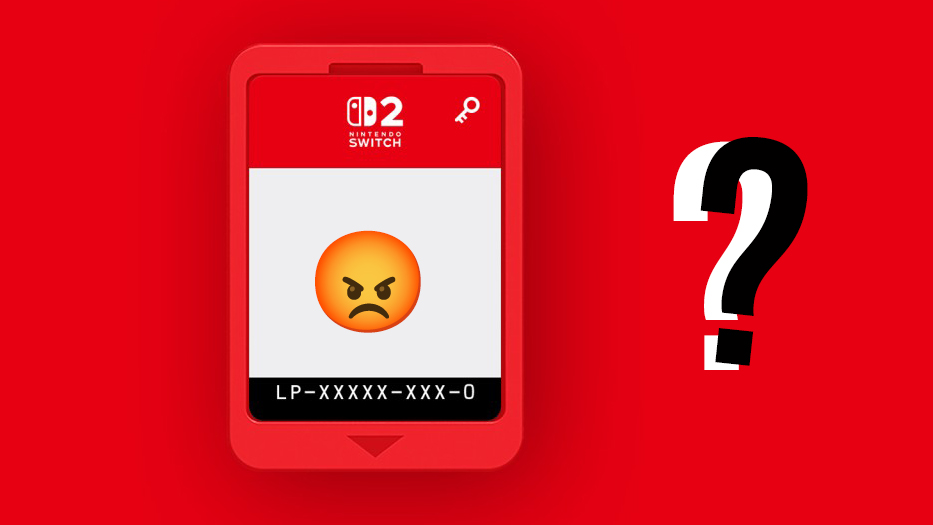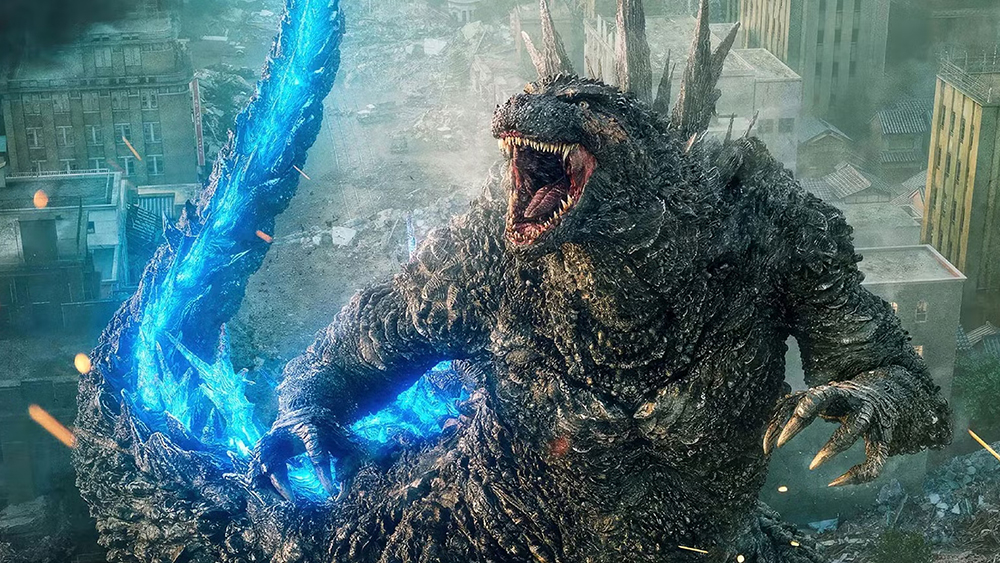
Godzilla x Kong: The New Empire is set for release this March, providing another installment in the ever-evolving depictions of one of the big screen's most famous monsters. And the original kaiju is having quite a moment to mark his 70th anniversary, with the Japanese film Godzilla Minus One getting rave reviews on its release late last year.
In those two recent films alone, our favourite prehistoric reptilian monster (and one of the best movie monsters of all time) looks radically different. In fact, over 70 years, 'Zilla's character has changed numerous times. Having appeared in over 30 feature films and a few animated productions too, it's natural that his look has changed with the times. For decades, the Japanese Godzilla was played by actors wearing suits, then came CGI. But advances in tech are not the only cause for changes to the character design.
For a period Godzilla was good, then he was bad again, and then he was good again. Hollywood even made him look like a dinosaur. Some of the character designs lasted for several movies, while others were one offs. Here we recap some of the most notable changes over the years, from early suitmation monsters to modern CGI beasts (and yes, in all cases, the length of Godzilla's legs is a design flaw that we have to overlook!)
The original Godzilla (1954)
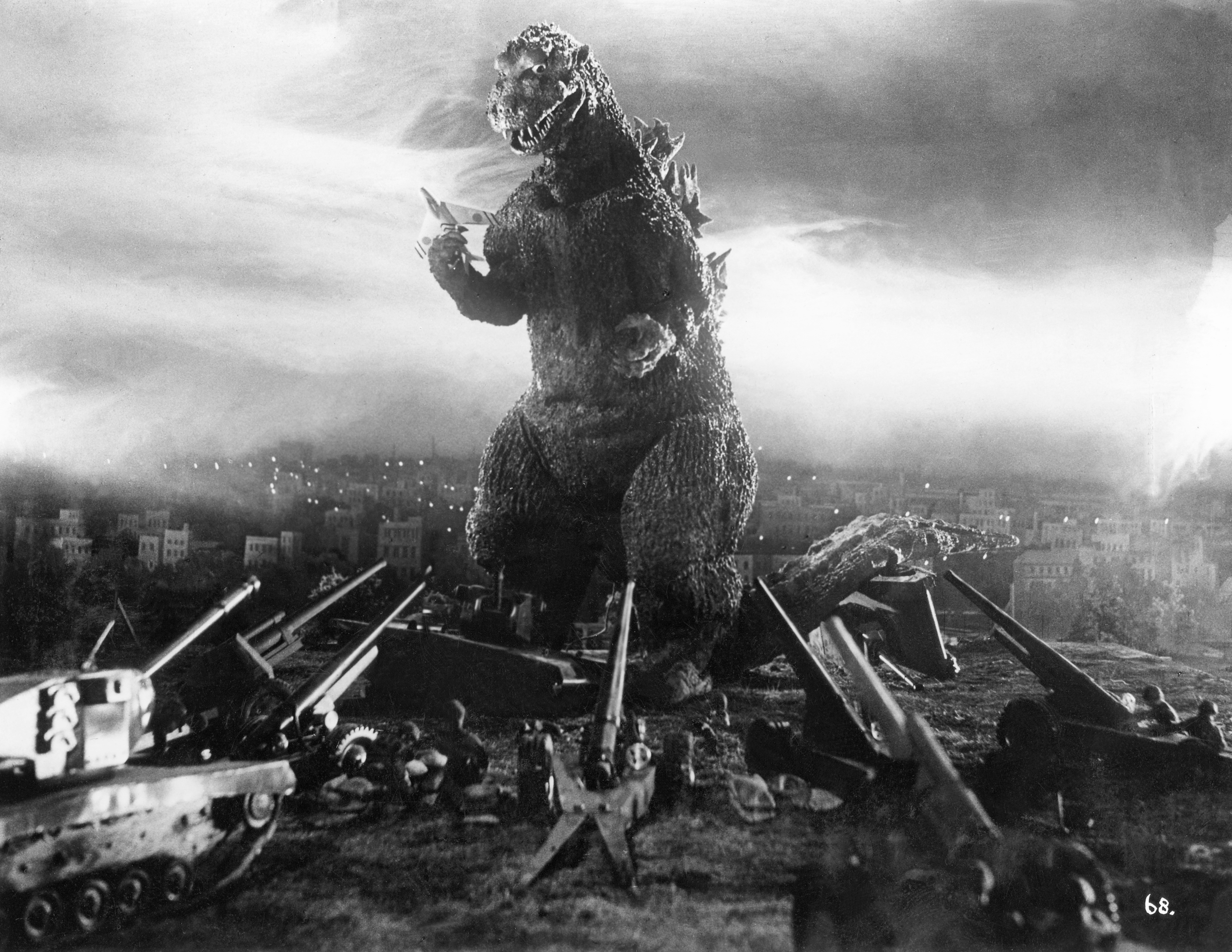
Ishirō Honda and Eiji Tsuburaya's original Godzilla for Toho Co is often regarded as the first kaiju film, and it started a rich tradition of monster movies. While, Godzilla has undergone many character design changes in the seven decades that followed, this is still the image that most comes to mind for many people, and its continues to influence the look of Godzilla today.
Godzilla emerged from the sea in black and white, and was played by actors Haruo Nakajima and Katsumi Tezuka wearing a 100kg concrete suit using the groundbreaking 'suitmation' technique through which they interacted with miniature models. Drawing inspiration from the dorsal plates of a Stegosaurus, the arms of an Iguanodon and the shape of a Tyrannosaurus rex, Gojira was big and slow and had googly eyes.
Showa-era Godzilla (1954 – 1975)
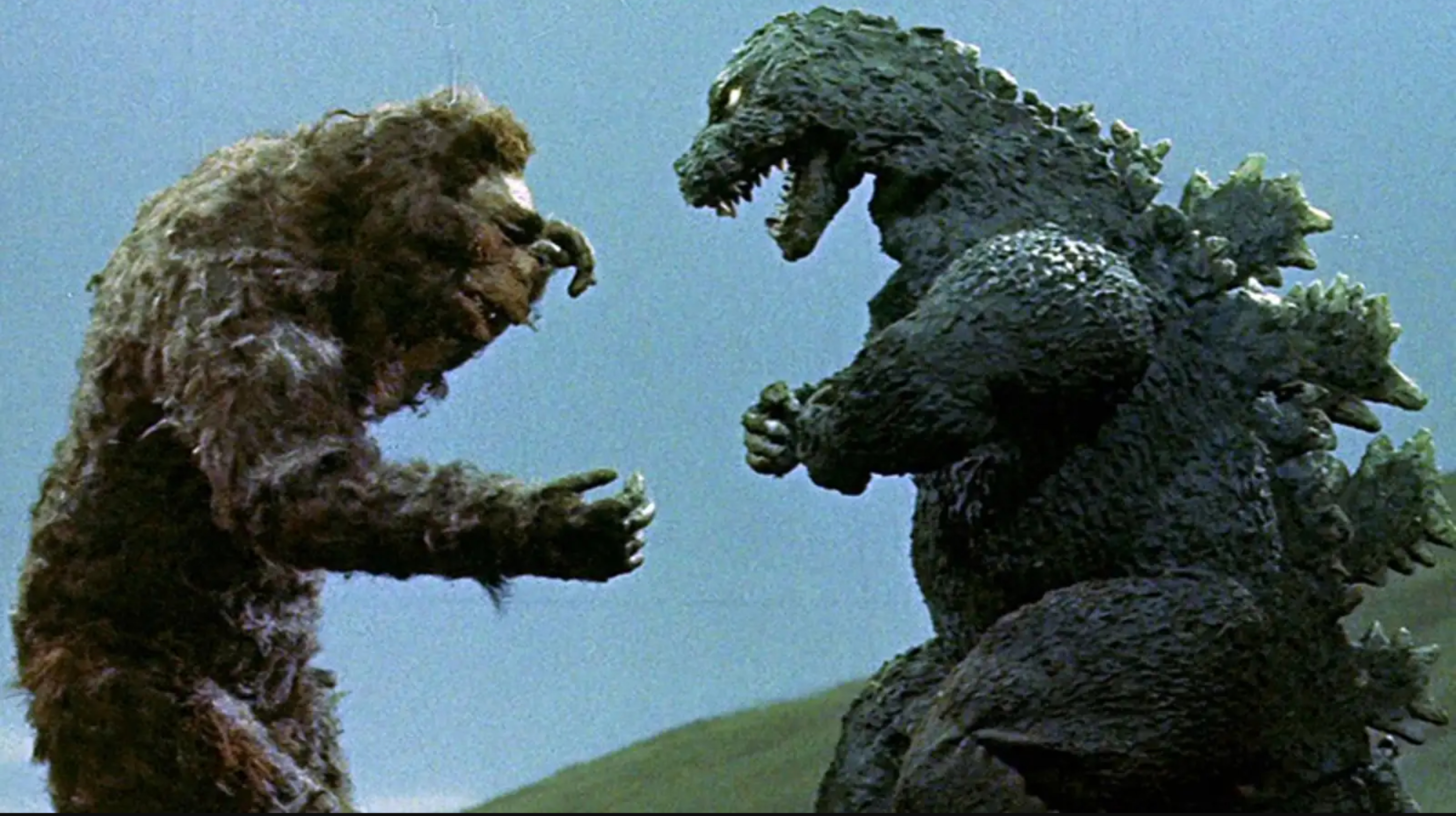
Japanese history is often measured in terms of eras named after the ruling emperor of the time. The Gozilla history is no different, and so the original film is considered the start of Showa-era Godzilla. The kaiju was originally a metaphor for fears about nuclear weapons following the bombings of Hiroshima and Nagasaki in the Second World War and the Lucky Dragon 5 incident in the year of the film's release, but he soon started to lose that connection and become more of a comicbook-like character.
In the sequel to the original film, Godzilla was upgraded with eyes that could look forward and a smaller, more detailed head. For Kong Kong vs Godzilla film in 1962 (yes, they have a long history of encounters), 'Zilla was beefed up and given a more reptilian look. He also lost his ears.
Get the Creative Bloq Newsletter
Daily design news, reviews, how-tos and more, as picked by the editors.
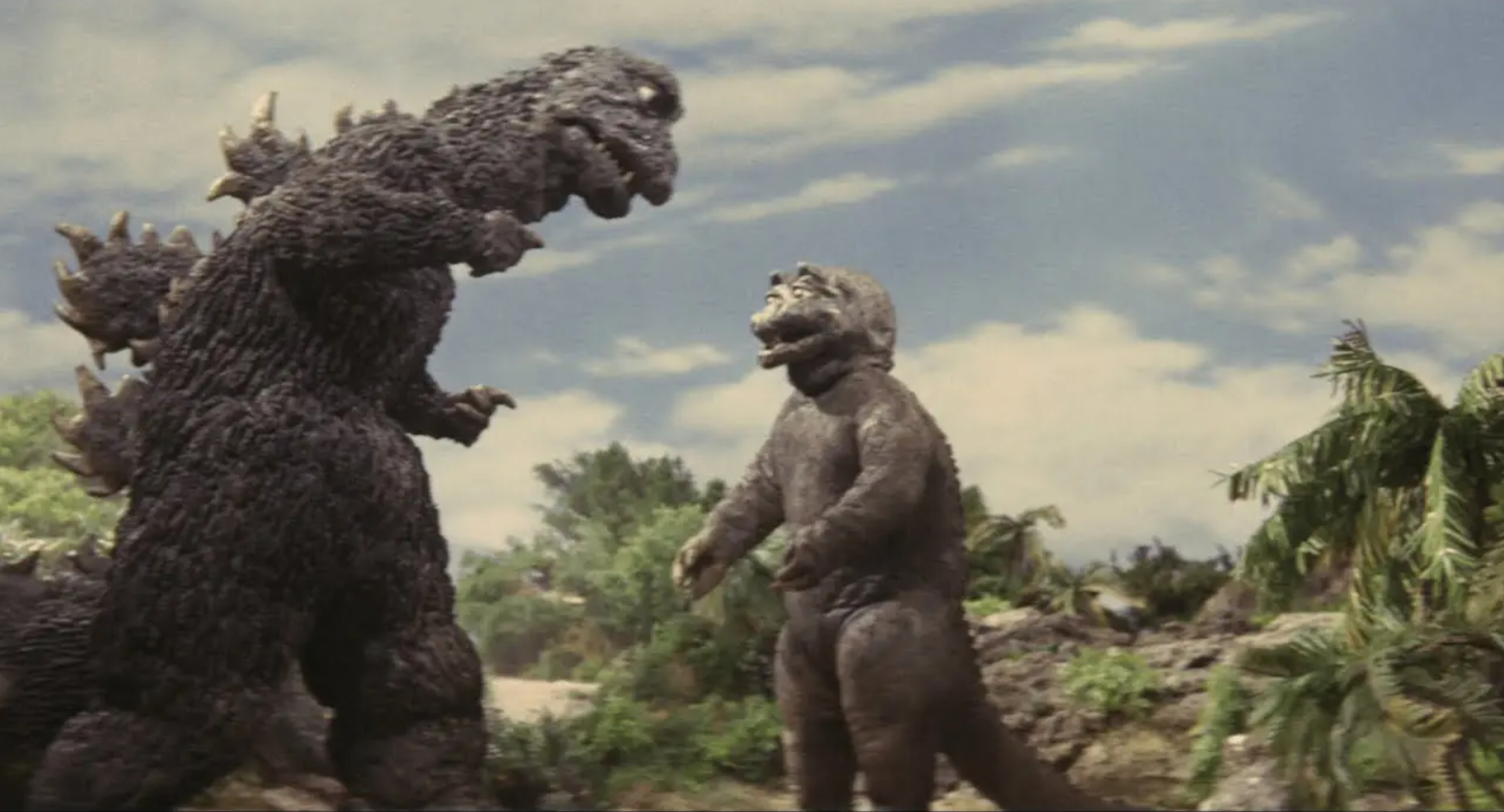
Subsequent years saw design tweaks for every new release, with the most amusing being an almost human-looking appearance in Son of Godzilla, with big eyes, a rounder face and comedy eyebrows. That fit the decision to make Godzilla a hero and to give the monster a fun, more human character: he was even shown laughing and shaking hands. 'Good' Godzilla lasted from Ghidorah, The Three-Headed Monster in 1964 until Terror of Mechagodzilla in 1975 (Mechagodzilla, of course, being an extraterrestrial mechanised Godzilla). This included Godzilla vs. Hedorah, in which the Zilla can use his breath to fly.
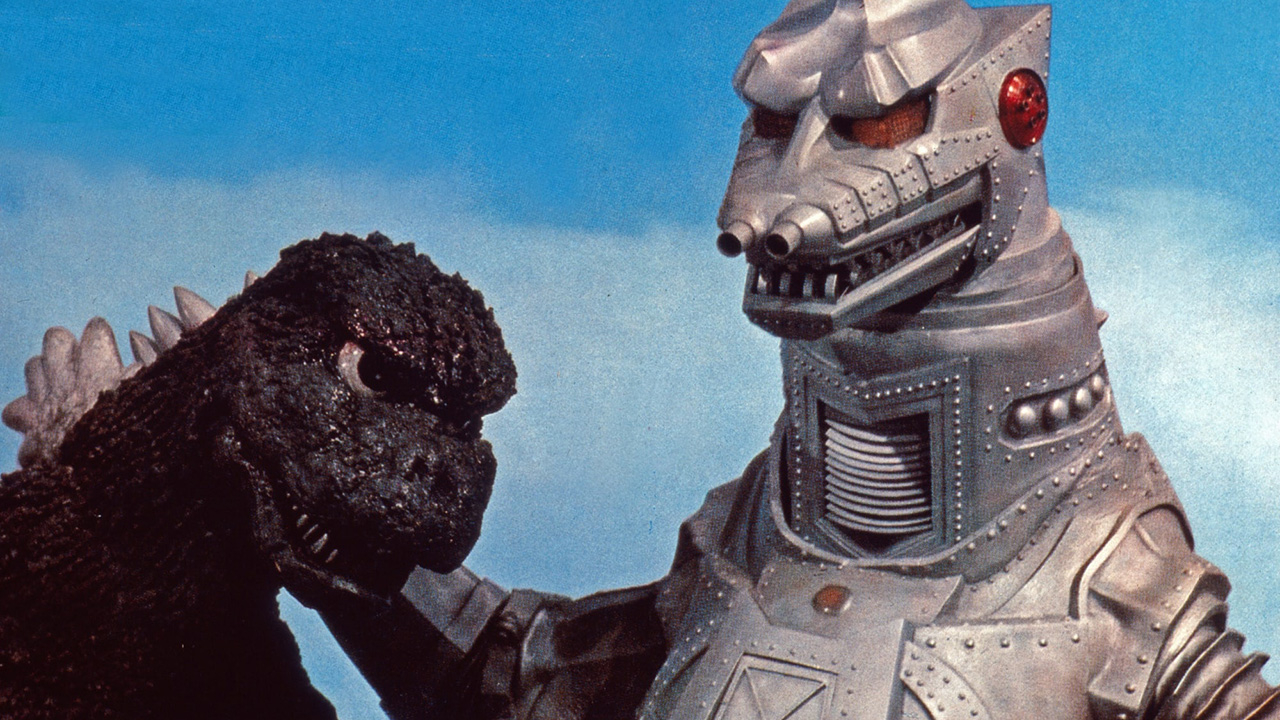
The Return of Godzilla (1984)
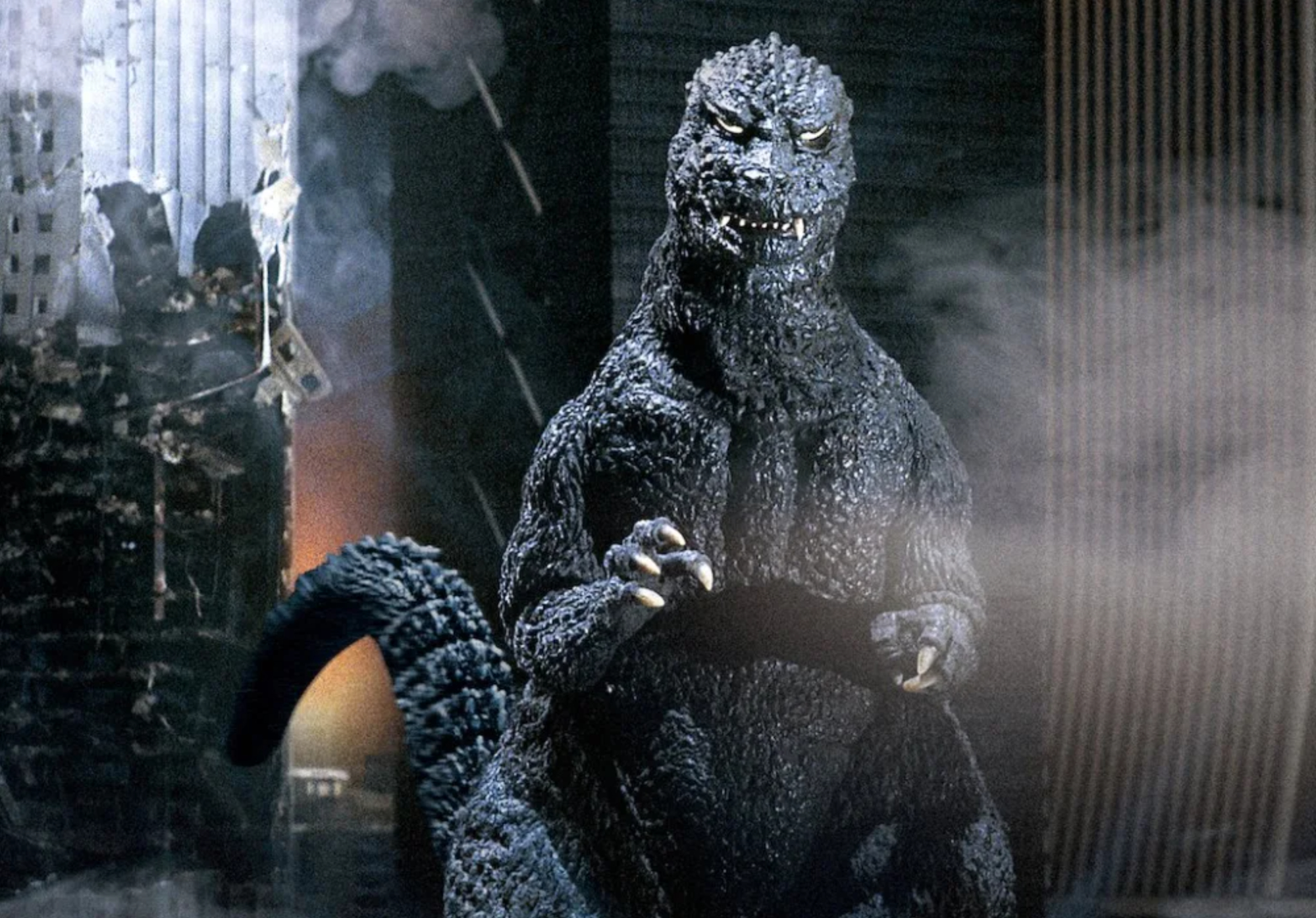
Godzilla took almost a decade off after that final bout with Mechagodzilla, but he came back with a vengeance in 1984 with a much more fearsome new look that gave new life to the franchise. He was bad again, and he was given a design more in keeping with the original 1954 film, with smaller eyes, bigger teeth and an extra digit. The film was billed as a direct sequel to the original, and big G was more destructive than ever.
Heisei-era Godzilla (1989 – 2019)
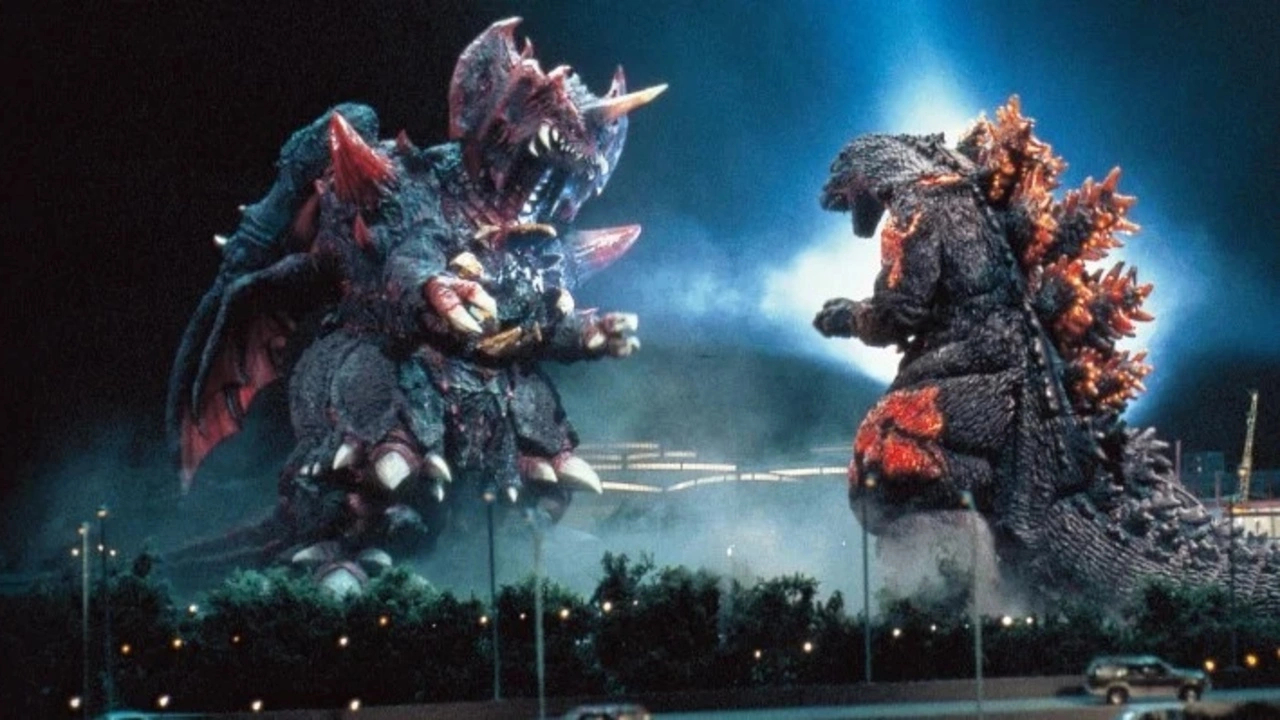
A few years later, Godzilla was back to brawling with other monsters. In fact, between 1989 and 1995, he would see six on-screen clashes. Godzilla vs. Biollante set the stage with another big makeover that would come to define his character for much of these Heisei-era films. He was given a more muscular body, larger dorsal plates, a smaller head and a longer neck. And he had ears again!
The new look was tweaked through subsequent films as 'Zilla appeared to go through cycles of bulking and cutting, culminating in Godzilla vs. Destoroyah, which saw our favourite kaiju turn red hot on the verge of a nuclear meltdown. The Millennium and MonsterVerse Godzilla films are also technically part of the Heisei era, but they deserve to be dealt with separately.
The first Hollywood Godzilla (1998)
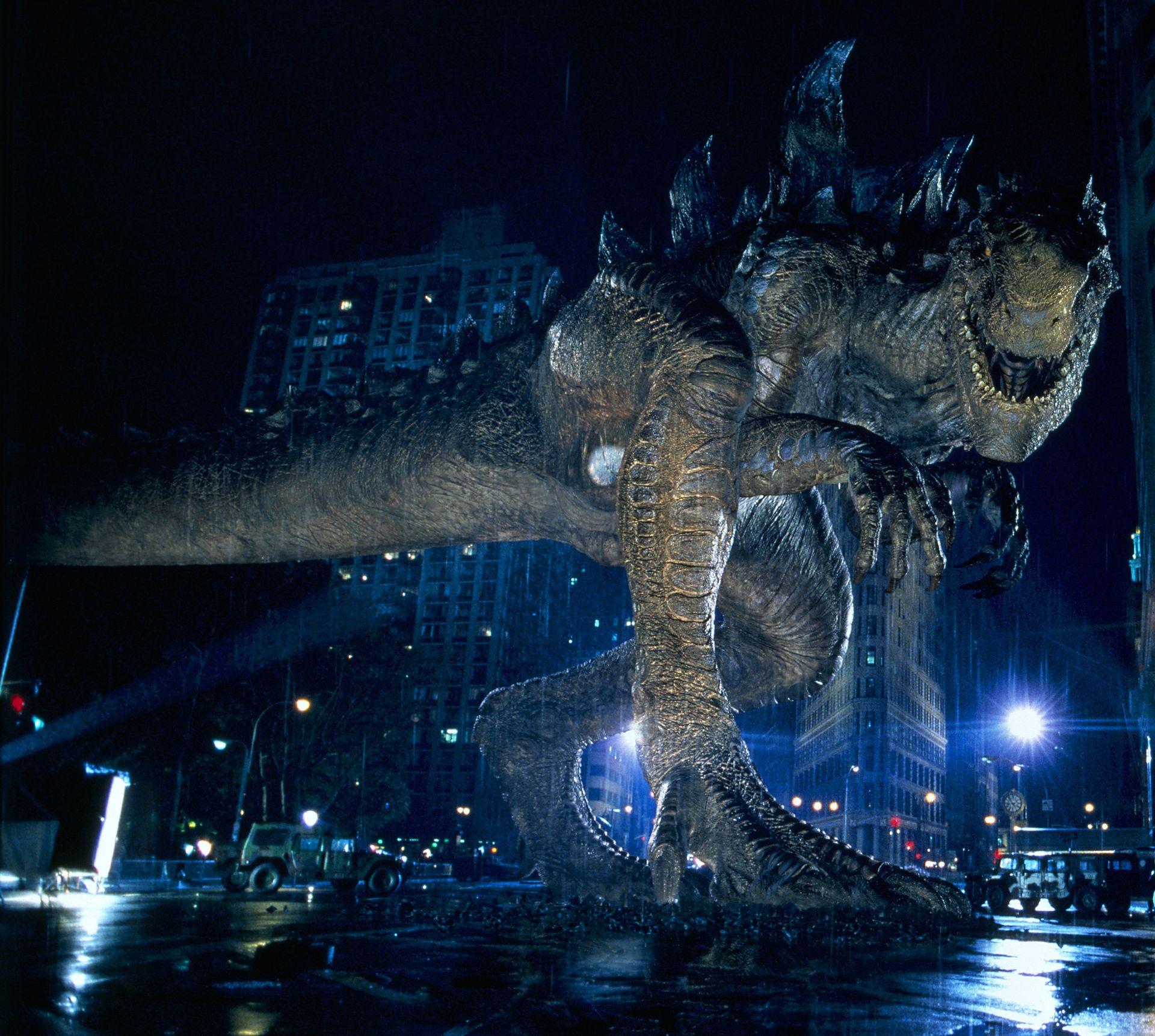
Without a doubt one of the most controversial moments in Godzilla's evolution was the character's transplantation to the US for the first Hollywood Godzilla film in 1998. TriStar had acquired the rights from Japan's Toho Co, and Roland Emmerich decided to completely reinvent Godzilla's design because he thought the original "didn't make sense".
Patrick Tatopoulos's solution was a more lizard-like in design, which unfortunately recalled Jurassic Park's T-Rex a little too much, with something of the oozing sinister quality of a xenomorph from Alien thrown in. The film did not go down well with fans and was much criticised for its departure from the traditional Godzilla design and story. Critic and fan Richard Pusateri coined the term GINO (Godzilla In Name Only) to distinguish the character from Toho's Godzilla, and even Toho subsequently changed the trademark icon to read "Zilla" alone because the film "took the God out of Godzilla". Plans for sequels were abandoned.
Millennium Series Godzilla (1999 – 2004)
Back in Japan, Godzilla was brought into the 21st century with a slimmed down look but larger and sharper dorsal plates in Godzilla 2000, released in 1999. His cheeks were more gaunt and he had a flatter snout. Just two years later in Godzilla, Mothra, and King Ghidorah: Giant Monsters All-Out Attack (2001), the dorsal plates were brighter but rounder again, recalling the shape of classic 'Zilla, and Godzilla's pupils disappeared.
There was more bulking and cutting, until Godzilla: Final Wars, the final film of the Millennium series in 2004, introduced the a cut sinister-looking design that stood up straighter. While it still relied heavily on practical effects, the film started to introduce more modern VFX too.
Legendary's MonsterVerse Godzilla (2014 –)
It would be over 15 years before Hollywood dared make a Godzilla film again, but in 2014, Legendary and director Gareth Edwards brought the Kaiju back to the States with more successful results as the launchpad for the MonsterVerse. Edwards respected the original Godzilla design more closely, making the monster big and stocky while taking advantage of modern VFX for a more realistic vision – the Godzilla VFX for Legendary were done by UK-based Moving Picture Company (MPC).
Godzilla’s famous atomic ray also made a comeback with a blue flamethrower-like appearance, and his body hums and his spines glow in preparation for an attack. We didn't get to see that much of him, but what we did see made an impact.
However, the backstory is very different and Godzilla turns out to be a hero rather than a villain. Unlike Toho’s Godzilla, MonsterVerse Godzilla wasn’t created by radiation. He is an ancient titan who was awakened by atom bombs and who rises up to battle other Titans when the world is threatened.
Legendary went on to make Godzilla: King of the Monsters, Godzilla vs. Kong and now Godzilla x Kong: The New Empire, which will be released on March 28, 2024. Judging by the trailer, it appears that Godzilla evolves into a new and more radioactive form through the course of the film, and some people are already asking, Why is Godzilla pink? But this isn't the first time we've seen the monster take on pink/purple tones in his spines and eyes. We've previously seen this in Shin Godzilla and the MireGoji suit from the early 2000s, and it symbolises his charging with radioactivity like the blue colouring.
Why was the design of Godzilla changed? Like Godzilla vs Kong, Godzilla x Kong: The New Empire is directed by Adam Wingard. He has said that he was very keen to ensure continuity in his first MonsterVerse installation, while he took the new film as a change to put his own stamp on things. This is perhaps most apparent in the evolution of the King Kong design.
Shin Godzilla (2016)
With Godzilla tearing up international box offices, Toho relaunched its own franchise in 2016, kicking off its Reiwa era with Shin Godzilla. It went in a different direction entirely compared to the Hollywood version, introducing the radical new concept of a Godzilla who evolves through eight different forms through the course of the film.
Shin Godzilla begins as a prehistoric aquatic organism feeding on nuclear waste on the seafloor, which causes its genetics to mutate and evolve rapidly. When Godzilla comes to land, he has gills on the sides of his neck. The creature also has new abilities and can physically alter his body and attack methods in reaction to his aggressors. In one form, he secretes blood that can melt cars like lava. Meanwhile, his regenerative ability allows pieces of flesh that break off his body to grow into starfish-like creatures. It's a more grotesque horror-like version of Godzilla.
Godzilla Minus One (2023)
Toho's latest Japanese Godzilla was the stunning Godzilla Minus One released last year. The horror approach of Shin Godzilla was dropped in favour of a more faithful tribute to the original film, which sees Godzilla destroying Japan in the wake of World War II again. While the use of CGI is bound to elicit comparisons with MonsterVerse Godzilla, the design is distinct, and a complete about turn after Shin Godzilla.
The glowing dorsal fins resemble past Toho Godzillas but extend much further than in most Godzilla designs, while the face and body look more fearsome. The overall look is mean and jagged, respecting classic Zilla while bringing up to date for today's audience.
The evolution of Godzilla shows how changes in character design, sometimes subtle, sometimes drastic, can create an enduring screen legend. Evolving as the audience evolves, Godzilla is now more than any one of its incarnations, taking its place in collective conscience almost as he was part of ancient mythology.
For more inspiration, see our character design tips.

Thank you for reading 5 articles this month* Join now for unlimited access
Enjoy your first month for just £1 / $1 / €1
*Read 5 free articles per month without a subscription

Join now for unlimited access
Try first month for just £1 / $1 / €1

Joe is a regular freelance journalist and editor at Creative Bloq. He writes news, features and buying guides and keeps track of the best equipment and software for creatives, from video editing programs to monitors and accessories. A veteran news writer and photographer, he now works as a project manager at the London and Buenos Aires-based design, production and branding agency Hermana Creatives. There he manages a team of designers, photographers and video editors who specialise in producing visual content and design assets for the hospitality sector. He also dances Argentine tango.
